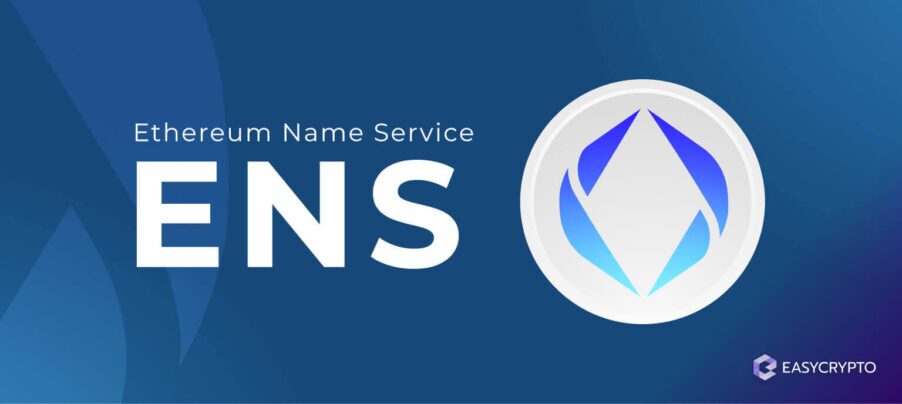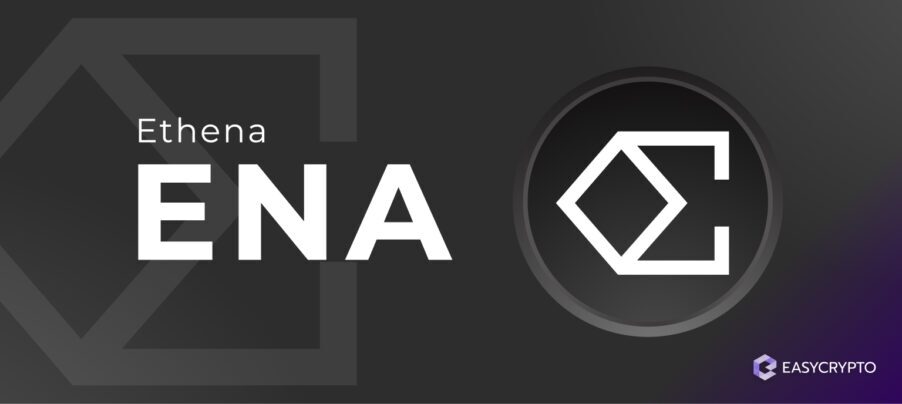What Happens to Your Crypto When You Die?
Morbidity aside, crypto just like any other asset requires an entity to manage - so what happens when the latter is no longer present?


It is said that nothing is certain in the world, except for death and taxes. Even if cryptocurrencies live in the blockchain realm, owners of cryptocurrencies are still subject to both realities. So, this begs the question – what happens to your crypto when you die?
Not to sound morbid, but it is an eventuality for everyone sooner or later. On that note — when a crypto asset owner dies or is incapacitated without having to leave any information to anyone else pertaining to the access to those assets, no one will have access and therefore the asset is virtually ‘lost’
Speaking of taxes: Check out our guide on crypto tax in New Zealand and Australia.
That being said, we’ll be discussing some ideas for what you can do to ensure your digital assets will have an afterlife beyond yours – something worth considering for those who want to pass on your crypto legacy.
Where do the lost crypto assets go?
Unlike files inside a hard drive, which can be hacked and copied, there is no string of data that physically represents a crypto asset.
Cryptocurrencies, for example, are ‘stored’ inside a wallet where the wallet has access to all the past transactions that lead up to the final balance of the cryptocurrency that is unspent.
Without the private keys to a wallet, you cannot convince the decentralized ledger network that the unspent cryptos in the wallet belong to you. This is, of course, very different from traditional banks, where they can help you recover access, provided that they’ve recognised who you are.
The ‘lost’ crypto isn’t lost in a sense that it is destroyed. It is just inaccessible to anyone — so it might as well be gone forever. It is estimated that 20% of the total bitcoins mined in 2019 is unrecoverable.
Read more: Click here to read our complete guide on Bitcoins.
Why can’t official institutions help to recover lost crypto assets?
When you buy, for instance, bitcoin from a crypto exchange, the coins are directly transferred to your crypto wallet.
There is no bank that keeps all the records of coin ownership — no single power to grant anyone access to a specific amount of wealth. In this scenario, each bitcoin owner is a bank and has his or her own key.
This is different from money being held in a bank account. The bank has the keys to your account and will grant you access only if you can give proof that you are the real owner of the bank account.
How to ensure your cryptos will be safe when you die
Cryptocurrencies are real money and hold immense value, particularly over time. You only want a select few to have access to your wealth, without trusting anybody else — not banks nor any other social institutions.
Setting up your own Crypto Asset Legacy Plan may be tedious at first, and this may involve explaining to your beneficiaries on how crypto assets are accessed, kept secure, and converted into fat cash.
We’ll help you run through the general steps of the set up:
1. Get a hardware wallet (a.k.a. cold wallet)
Chances are, your first cryptos were bought using an account hosted by a crypto exchange (called a web wallet). You may also have a software wallet such as Exodus for sending and receiving cryptos quickly.
The downside of both wallets is that your data are stored in the cloud or a centralised server somewhere. No amount of software security protocol, even with 2-factor authentication, can guarantee these wallets are 100% safe from hackers.
A hardware wallet, on the other hand, requires the physical presence of the wallet (think of it like a key to a house), and an access PIN to make the wallet usable.
Hardware cold wallets are perfect for long-term crypto investors as they do not need to send money as often as people who use software or hosted wallets. It is also possible to receive cryptos even if the hardware wallet is offline.
Looking for crypto wallets? Click here to read our picks for crypto wallets in 2022.
2. Set up and back up your hardware wallet
Hardware wallets like the Trezor series are typically set up using several security layers. The PIN is used to unlock the wallet. Some hardware wallets will ask you for a password when using the desktop interface once the device is connected.
A final backup layer is also set up at the beginning, to anticipate the possibility that you may lose the PIN or even your hardware wallet. This backup will create new seed words, which are a group of 20 or more words, generated in a specific order by the wallet itself. These seed words can be used to recover your private keys without a hardware wallet.
IMPORTANT: When setting up your seed words for backup, DO NOT transcribe them digitally. Write them down on a piece of paper with a pen.
Already have a Trezor wallet? Click here for our complete set up guide for your Trezor.
3. Store the hardware wallet and the seed words
Your list of seed words have more unlocking power compared to your hardware wallet. This is because, in the absence of your hardware wallet, you can still use these backup seed words to have access to your wealth.
Ideally, you should use two deposit boxes — one to store the hardware wallet, and another (at a different location) to store the seed words. In case you only have one deposit box, use that one to store your seed words, and put the wallet in a small locker box with a combination lock.
You should have both hardware and software wallets work together to manage your wealth. Your software wallet should be used for day-to-day transactions and holds no more money than your hardware wallet.
Use your personal discretion to manage how much money should be ‘locked’ in a long-term cold hardware wallet, and how much will be stored in an ‘operational’ software wallet.
4. Remember the PINs
PINs are easy to memorise, and it is more secure if you and your beneficiaries remember them. We’re not just talking about the PIN to unlock the hardware wallet, but also the PIN or password to access the deposit boxes.
A good way to create a secure and memorable PIN is to match a particular date with the day of the week. For example, the day someone turns 21 lies on the date 5/4/2021, which is a Monday (1st day of the week). A good combination of digits may look something like this — 21541, 15421, 21154, etc.
Although not the best PIN in terms of security, as you use a birth date, it is still difficult to guess since you factor in the day of the week that falls on that date (which changes every year) and the person’s age when the week day matches that date.
Again, please use at your discretion, and always create with a modifier by multiplying or adding the raw combination of digits with a unique number of your choice.
SIDE NOTE: If you had followed the above tips, you’ve just made yourself a primitive cryptographic code that is difficult to guess but easy to remember.
Are there other ways to hand down your crypto legacy?
There is more than one way to ensure that your crypto assets are inherited when you die. The steps highlighted above are perhaps the simplest and most uncomplicated way to do it. Of course, you can opt to trust a third-party intermediary who can temporarily hold on to the keys to your wealth, if the situation calls for it.
Currently, it is advisable for beneficiaries to independently file a tax return when one receives an inheritance in the form of cryptos, as it is difficult for governments to trace transactions of crypto assets.
The law concerning cryptocurrencies in the context of inheritance tax may change in the future.
Got any concerns? We got your back
Easy Crypto wants to make buying and owning cryptos as easy as buying sweets at a store. Don’t hesitate to contact our customer success team if you have any further questions regarding how to buy cryptos and how to store them securely.
It’s not too late: Click here to get started investing in crypto!
Share to
Stay curious and informed
Your info will be handled according to our Privacy Policy.
Make sure to follow our Twitter, Instagram, and YouTube channel to stay up-to-date with Easy Crypto!
Also, don’t forget to subscribe to our monthly newsletter to have the latest crypto insights, news, and updates delivered to our inbox.
Disclaimer: Information is current as at the date of publication. This is general information only and is not intended to be advice. Crypto is volatile, carries risk and the value can go up and down. Past performance is not an indicator of future returns. Please do your own research.
Last updated October 12, 2022





